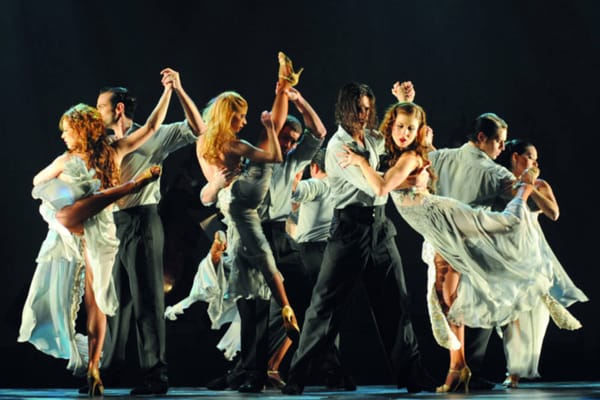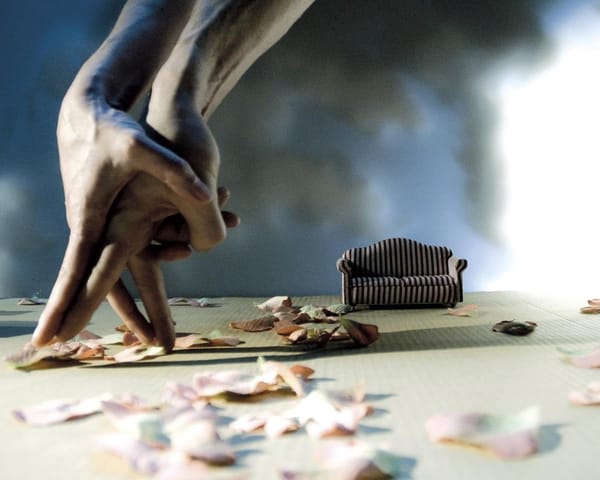Robots | All hail our benevolent mechanical overlords
Robots is on at the Science Museum until 3rd September

Robots, the Science Museum’s shiny newly-opened exhibition, is a real treasure trove of delights: featuring over 100 robots models it spans 500 years of humanity's quest to recreate itself in the form of a machine, a process historically shaped by religion, industrial innovation, and popular culture.
Among the star attractions is the UK-built RoboThespian, a full-size humanoid robot who also gave the official opening speech, receiving quite of a standing ovation from the press. He engages in vocal exercises, and gives a theatrical performance to visitors every 20 minutes. The pieces are striking – from a 16th century automaton of a monk to a 244-year-old working model of a silver swan automaton created by inventor John Merlin – and must have dazzled in their day. Ben Russell, the exhibition's lead curator, points out that most people in the past would not have even seen a mechanised clock when they first clapped eyes on an automaton, so all this was surely mesmerising to the audiences of 1560.
In every stage of the 500-year story, robots have held a mirror to mankind. Whether the aim was bringing the Bible to life with a mechanized Christ on the cross, or the pursuit of leisure with clockwork animals and human figurines, model makers explored whether humans were anything more than merely conscious machines.
A few centuries later, in the enlightened 18th century, machines became more gleeful, with automatons of flute players and writers; in contrast, the next century brought a style that was totally unruly, with drunken aristocrats and dandies all being recreated as automata. Despite the praise that these machines received, the rise of the mechanised economy made people acutely aware that automated spinning devices were quickly going to replace skilled craftsmen and women. As a memento of this historical moment, a replica of Maria, the female humanoid in the Fritz Lang’s notorious 1927 film, Metropolis, stares at you while you approach the second exhibition room.

In the same space, the first tinplate toy robots for kids, that hit the shelves in the 1930s, are displayed together with a replica of the UK first robot Eric – presumed dismantled after his risky world tour, he was rebuilt by the Science Museum for the exhibition. Eric shares the visitors' attention jointly with his younger brother, George, and the giant Cygan, an Italian metal showman built in 1957 who shared a magazine cover with Brigitte Bardot.
The tin men resembled humans on the outside but they were still operated by cables and pulleys until the 1990s, when engineers began work on anthropomimetic robots with plastic skeletons and silicon tendons. Beside humanizing robot bodies, engineers have also focused on the computing leaps that allow modern robots to converse with people in a meaningful way, providing information and learning from them.
While you approach the last section of the exhibition dedicated to modern robots – passing beside RoboThespian, who recites Hamlet and speaks Klingon, Pepper designed to look after our elderly, and Kaspar, who helps autistic children – you soon realise that a mechanised army of robots is imminently going to fill people’s private and public lives. This change will be just as radical as the development of the internet and social media in the past decade. But no human activity is risk free; the go home question as we look the future in its animatronic eyes is what we should fear most: artificial intelligence or human stupidity?








